by Anna Holthaus, May 17, 2018
This year, gender was an issue high on the agenda of the meeting of the Subsidiary Bodies of the UN Framework Convention on Climate Change, which took place from 30th April – 10th May in Bonn, Germany. I attended the event on behalf of the MSP Institute to observe the UNFCCC negotiations and the Women and Gender Constituency active at the climate meetings, and to take away lessons learned for our work on integrating gender in SAICM Beyond 2020.
The In-Session Workshop on Gender, the Gender Dialogue and several side events on gender and climate change provided insights and inspiration. I also talked to delegates about their experiences and asked them what their recommendations for other processes might be.
Gender and the UNFCCC
When women’s groups and gender experts started talking about gender and climate change in the 1990s and then with growing force in the early 2000s, there was rather little response. But in the last few years, the UNFCCC has made major strides towards the integration of gender in its decisions:
- 2014: COP20 adopted the Lima Work Programme on Gender – to enhance gender balance, to provide knowledge and capacity building on gender-responsive climate policy
- 2015: Paris Agreement – includes gender equality and women’s empowerment as core principles in the preamble, gender is also mentioned in the chapters on adaptation and capacity building
- 2017: COP23 adopted the first Gender Action Plan, to advance women’s full, equal and meaningful participation, to promote gender-responsive climate policy and the mainstreaming of a gender perspective in the implementation of the Convention and the Paris Agreement on the national and sub-national levels
Several gender-related events at the meetings in Bonn fostered exchange about the first experiences with the Gender Action Plan between Parties, the Secretariat, UN entities and women’s groups. Parties reported about their nomination of national gender focal points for the climate negotiations, workshops on gender and climate change held by the Balkan States and the Dominican Republic, and experiences with gender budgeting by Mexico and Canada. Parties were particularly pleased with the strengthened (or in some cases first ever) cross-ministerial collaborations as part of the gender mainstreaming process. UN and UNFCCC entities reported about gender trainings for their staff members and successful collaborations with the gender experts of the Women and Gender Constituency, which is one of the nine observer groups accredited to the UNFCCC, with 27 civil society organizations as members. Moreover, women and gender organizations like GenderCC – Women for Climate Justice presented new tools for gender analysis and gender impact assessment and discussed with Parties how they can be used effectively.
However, despite these encouraging events some gaps and challenges seem to remain: often, sustainable funding for gender mainstreaming is missing. In many instances, gender issues are limited to women’s vulnerability and participation rate – which is of course important, but definitively not enough. This is demonstrated by a gender analysis of the INDCs submitted by countries, undertaken by WEDO in 2016.
Nevertheless, the positive mood among participants at the gender events shows that a major step has been taken with the Gender Action Plan and that there is political will, even if this has to be pushed continuously by women and gender activists.
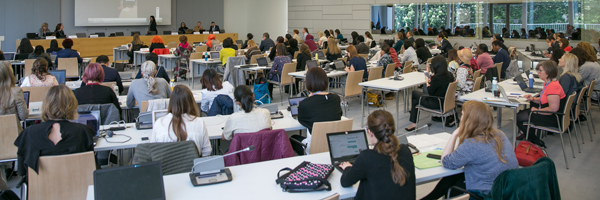
Gender Workshop – Photo by IISD/ENB | Kiara Worth
What to learn for SAICM?
In SAICM, we are further along in some respects. But we don’t have to reinvent the wheel. The experiences of the UNFCCC and their process of integrating gender shows:
- institutionalization of gender mainstreaming is indispensable at the international and national level à a beyond 2020 framework needs a similar Gender Action Plan
- full participation of Women Groups und Gender Experts is very important for the process, their expertise has to be included in a meaningful manner à women’s organizations’ participation should be supported, and a gender caucus or working group should be established in a beyond 2020 framework
- a lot of different useful methods and mechanisms are available on gender mainstreaming à gender analysis tools on gender and climate change and mechanisms like national gender focal points can serve as models to support gender-responsive policy-making and implementation on chemicals and waste
By the way, the BRS Convention was mentioned as especially progressive several times during the days in Bonn: the BRS Gender Action Plan was developed in 2013, women’s participation rate is high and 91% of the initial National Implementation Plans analyzed include women and gender keywords (see IUCN 2017).
A framework on chemicals and waste management beyond 2020 should not lag behind this kind of standard! The next two years present a unique window of opportunity to integrate gender, and do it on the basis of what we know may work in terms of generating knowledge, building capacities, and getting powerful policies implemented.
–> Take a look at our policy suggestions for gender in SAICM Beyond 2020.
Only with gender justice can there be a healthy planet for all!
PS: Many thanks to LIFE e.V. and GenderCC for your support and the possibility to attend these inspiring meetings!
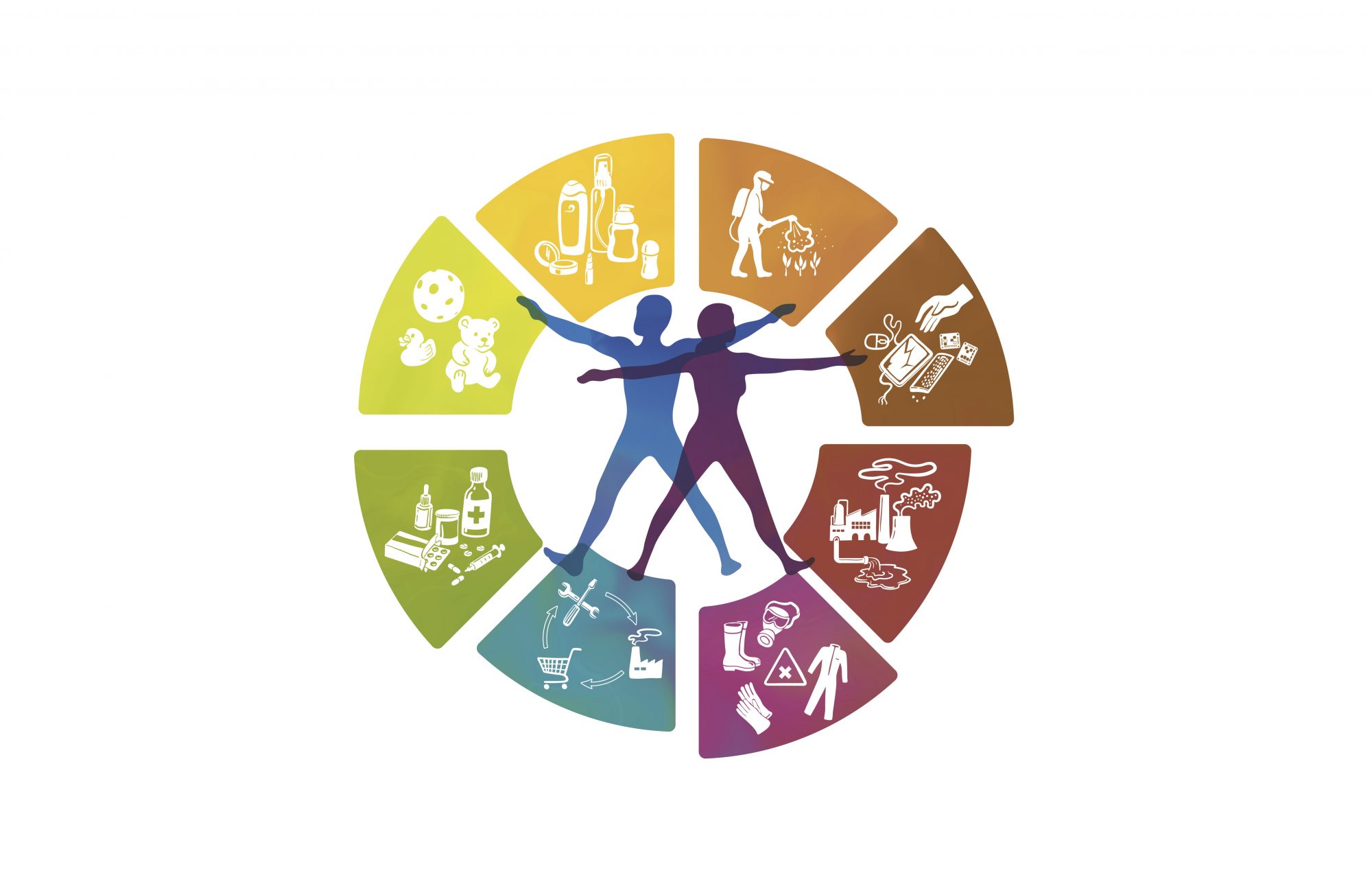
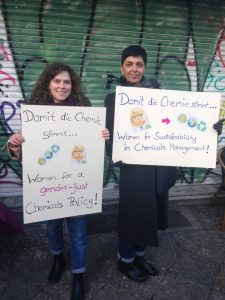
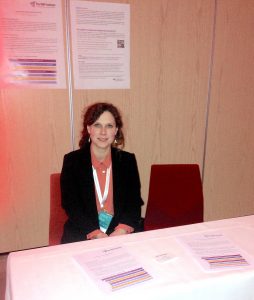
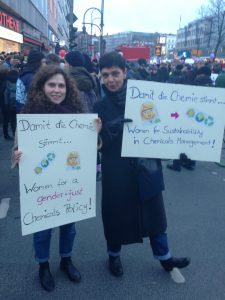 With the year 2020 fast approaching, Strategic Approach to International Chemicals Management (SAICM) and its stakeholders are currently
With the year 2020 fast approaching, Strategic Approach to International Chemicals Management (SAICM) and its stakeholders are currently